Corbridge was the site of a series of Roman forts built around the year 75 to protect the road and river. It later became a thriving town that was occupied for over 250 years. The town expands more than 40 acres, but most of it is currently covered in pasture. Only a small section, the uncovered middle of the town, is visible to explore. The town's roads were repaved at least twice, and this required steps down to the lower level from the road level. Only a fraction of the town has been uncovered.
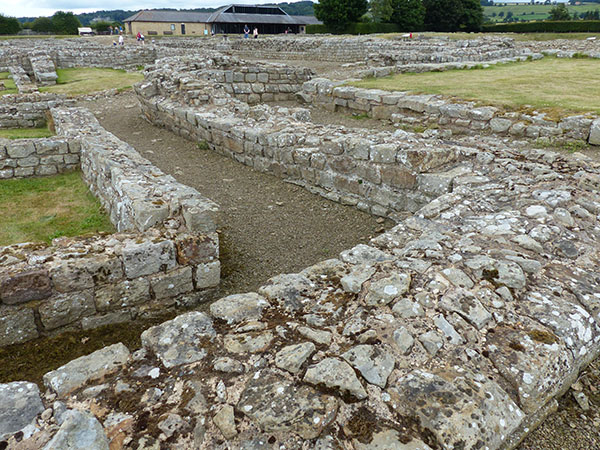
Two granaries (or a granary and a storehouse) are located in the town to store grain off the ground with airflow underneath it. These may have been buildings from when Corbridge was a fort.
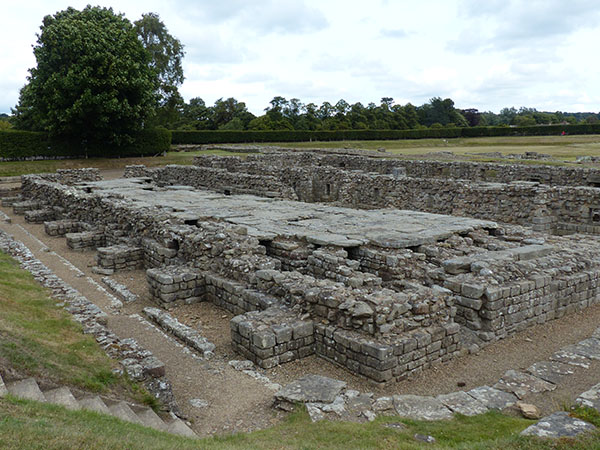
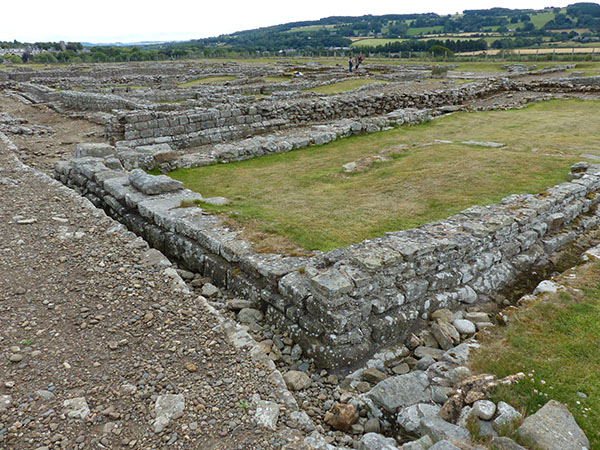

A decorative fountain was located near the granaries, and this would have provided a feature point and allowed water.


The remains of the commander's house and headquarters were discovered from the Roman fort days, but this was the main street when it was a town. The fort is buried beneath other ruins. A hoard of armour and personal items was found buried here by a soldier from the time of the fort, and this can be seen in the museum.
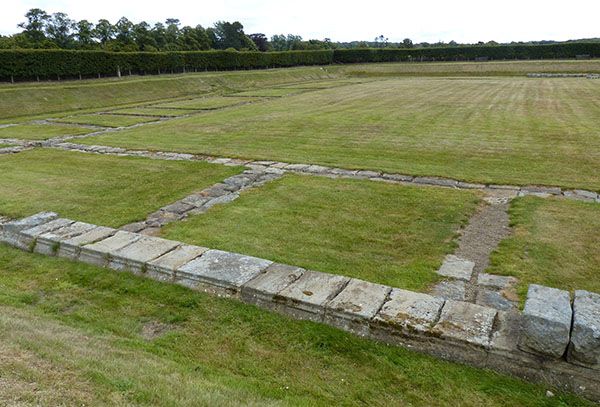
There was a large building used as a storeroom with many workshops inside it, possibly to supply the Roman army and the villages with supplies.
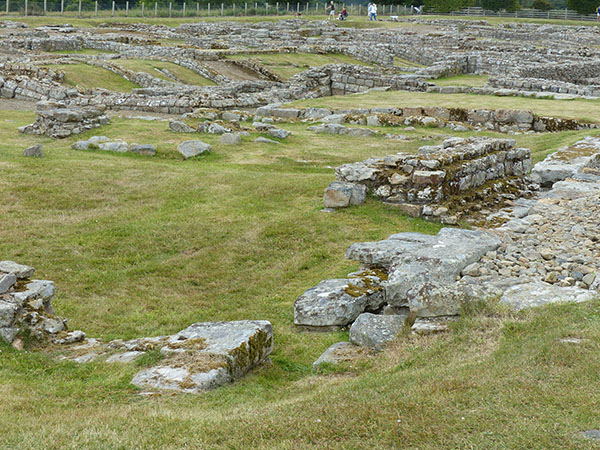
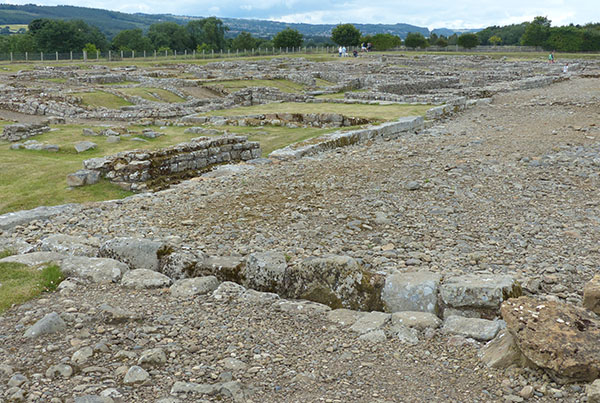
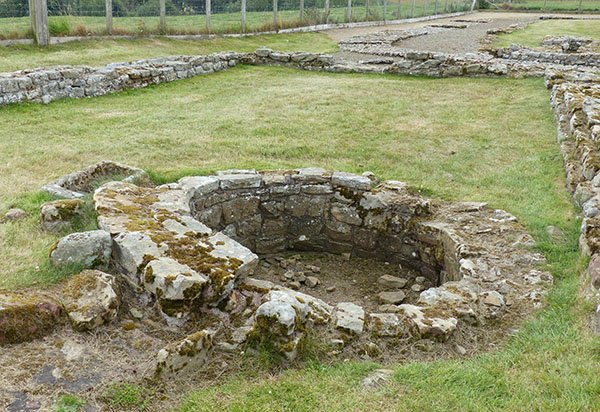
Two army compounds for two separate legions were part of the town, and they were both walled in.
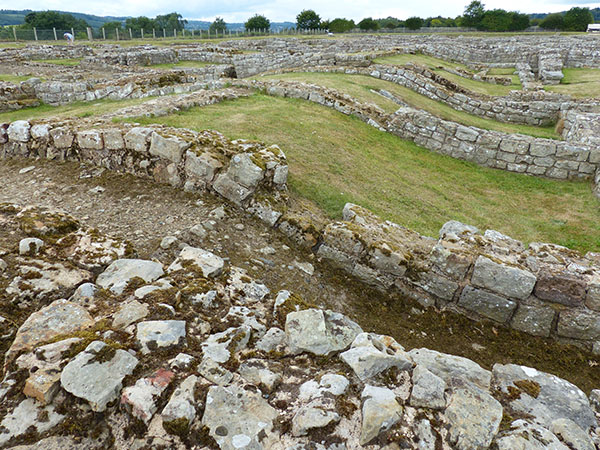

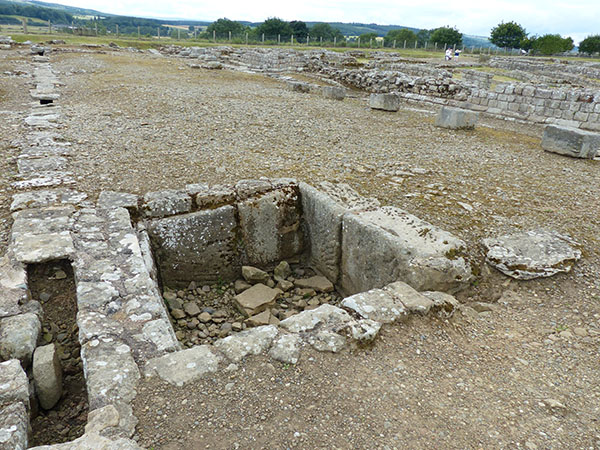
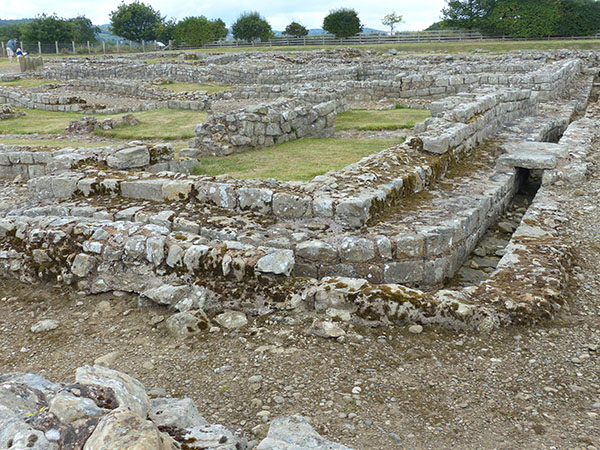
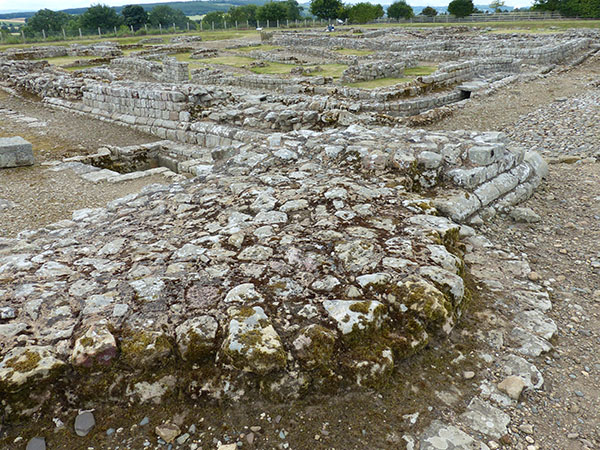
This was a location where offerings could be left.
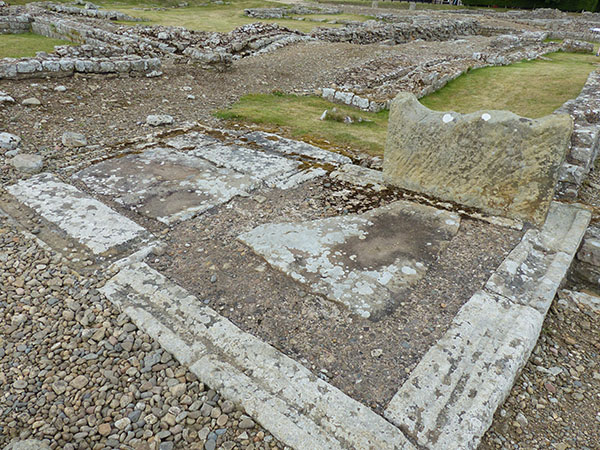
One of the army compounds contained a sunken stronghold for valuables.
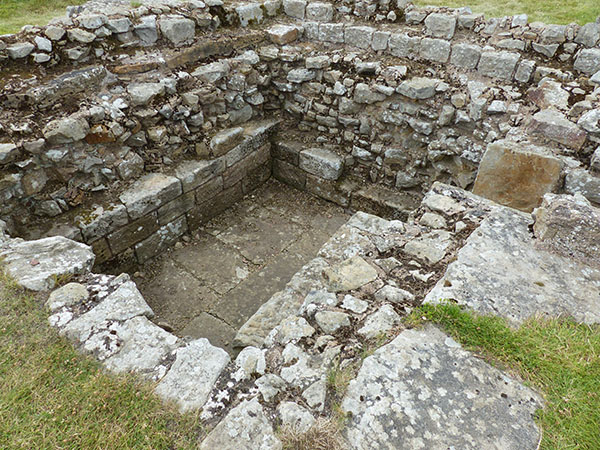
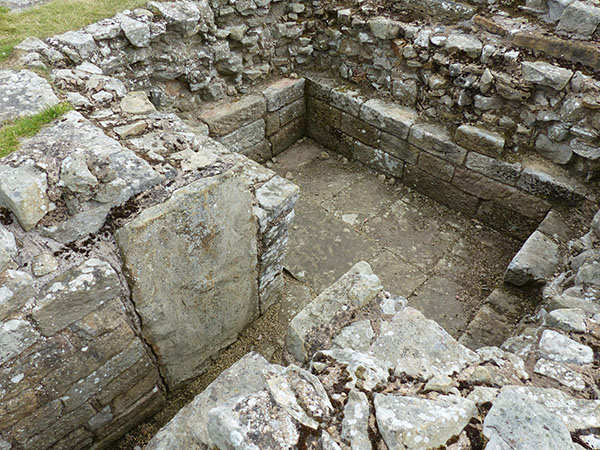
The unlevel ground occured when the town was further developed and built upon for different uses with the structures on top eventually making the ground unlevel as the ground filled voids and old walls after settling.
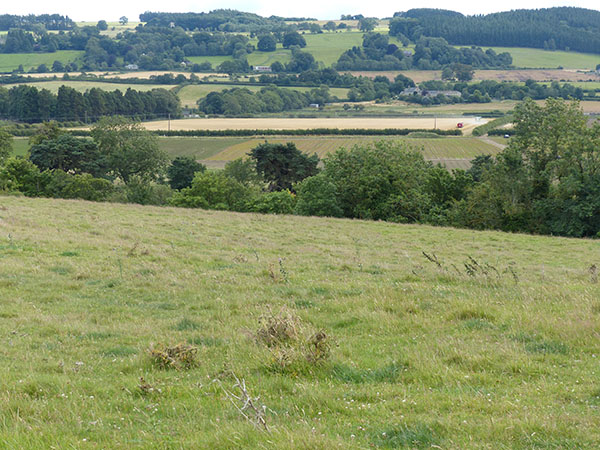
These fields near Corbridge looked pretty, and I am sure there are many buried treasures in them.
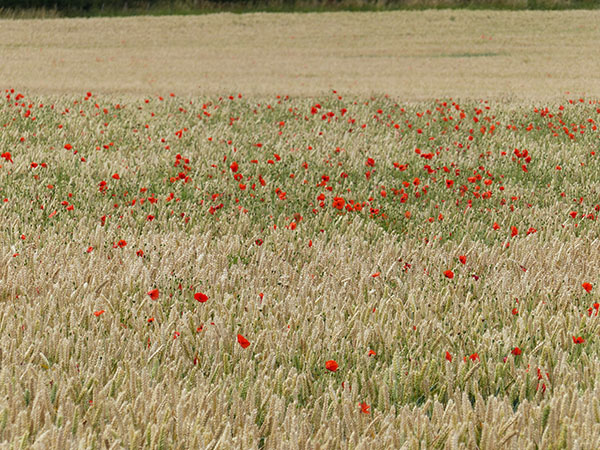

The museum at Corbridge is very good. The below is a grave marker, and it was later reused as a fountain.

The below is located in the museum and is a reproduction of a tray made of silver that was found buried on the outskirts of Corbridge along with several other silver items. It was probably made in the mid-400s and was discovered in the 1700s. The original one is located in the British Museum. It was probably buried for safe-keeping; maybe times were troubling. Whatever happened, the owners never reclaimed it.
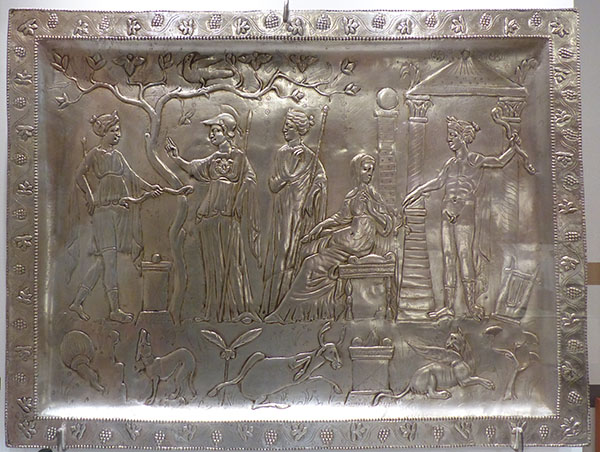
The rest of the items are from the museum of pieces that I found interesting and that came out well! Some of these are rings with inscriptions, medical and clothing items, personal items, religious items, markers, pottery for storage and an oil or perfume pot made of alloy.
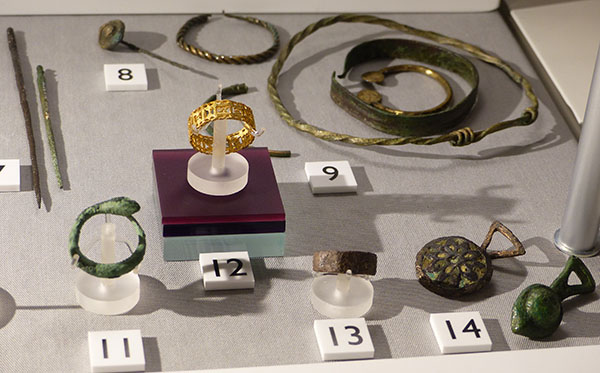
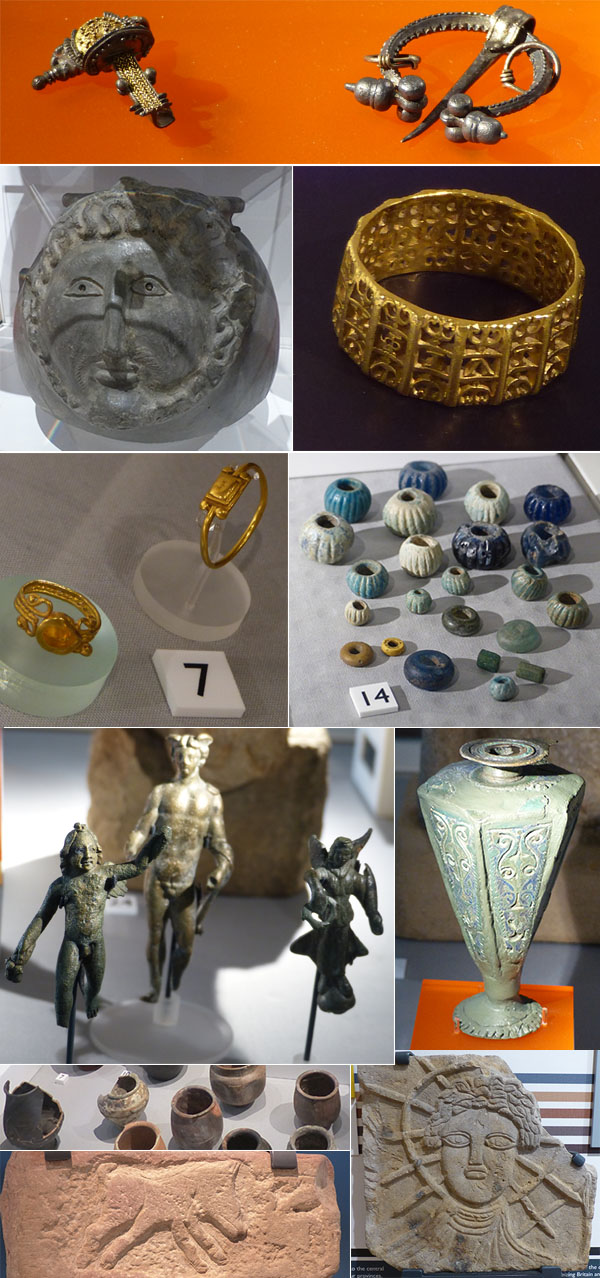
I recommend a visit to Corbridge as it is a unique Roman town / fort with a lot of history, and the museum was also really good with a lot of interesting items to see and read about.

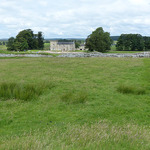

Leave a comment